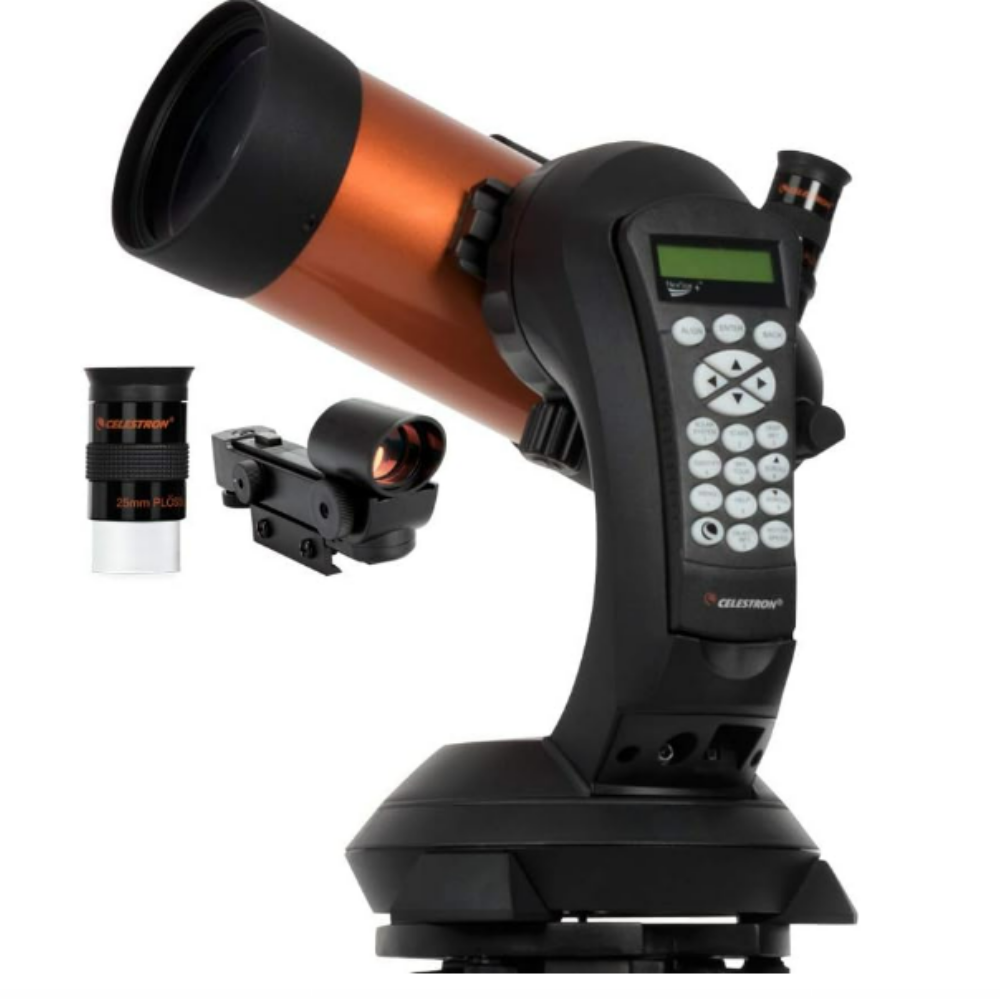In celebration of the 34th anniversary of the launch of NASA’s Hubble Space Telescope, astronomers took a snapshot of the Little Dumbbell Nebula, also known as Messier 76, or M76, located 3,400 light-years away in the northern circumpolar constellation Perseus. The name ‘Little Dumbbell’ comes from its shape that is a two-lobed structure of colorful, mottled, glowing gases resembling a balloon that’s been pinched around a middle waist. Like an inflating balloon, the lobes are expanding into space from a dying star seen as a white dot in the center. Blistering ultraviolet radiation from the super-hot star is causing the gases to glow. The red color is from nitrogen, and blue is from oxygen.
Related posts
-

The moon and Venus kick off Memorial Day weekend with a lovely conjunction early on May 23
Should your local weather forecast suggest that Friday morning — the start of the Memorial Day... -

Watch SpaceX’s 32nd Cargo Dragon spacecraft undock from the ISS today
Live 4K video of Earth and space: 24/7 Livestream of Earth by Sen’s 4K video cameras... -

Best smart binoculars 2025: Learn, share and be guided around the night sky
The best smart binoculars are brand new to the market and are unique in that they...